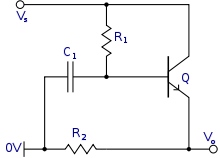andre tchmil
Well-known member
hey guys , I need to slowly raise the DC to light up some LED's
PSU is a basic design with LM317 and the standard components. 1000/100/1uf caps, 240R etc
any ideas on how to mod ?
It's pure for cosmetic reasons
thanks in advance
PSU is a basic design with LM317 and the standard components. 1000/100/1uf caps, 240R etc
any ideas on how to mod ?
It's pure for cosmetic reasons
thanks in advance





![Soldering Iron Kit, 120W LED Digital Advanced Solder Iron Soldering Gun kit, 110V Welding Tools, Smart Temperature Control [356℉-932℉], Extra 5pcs Tips, Auto Sleep, Temp Calibration, Orange](https://m.media-amazon.com/images/I/51sFKu9SdeL._SL500_.jpg)





























